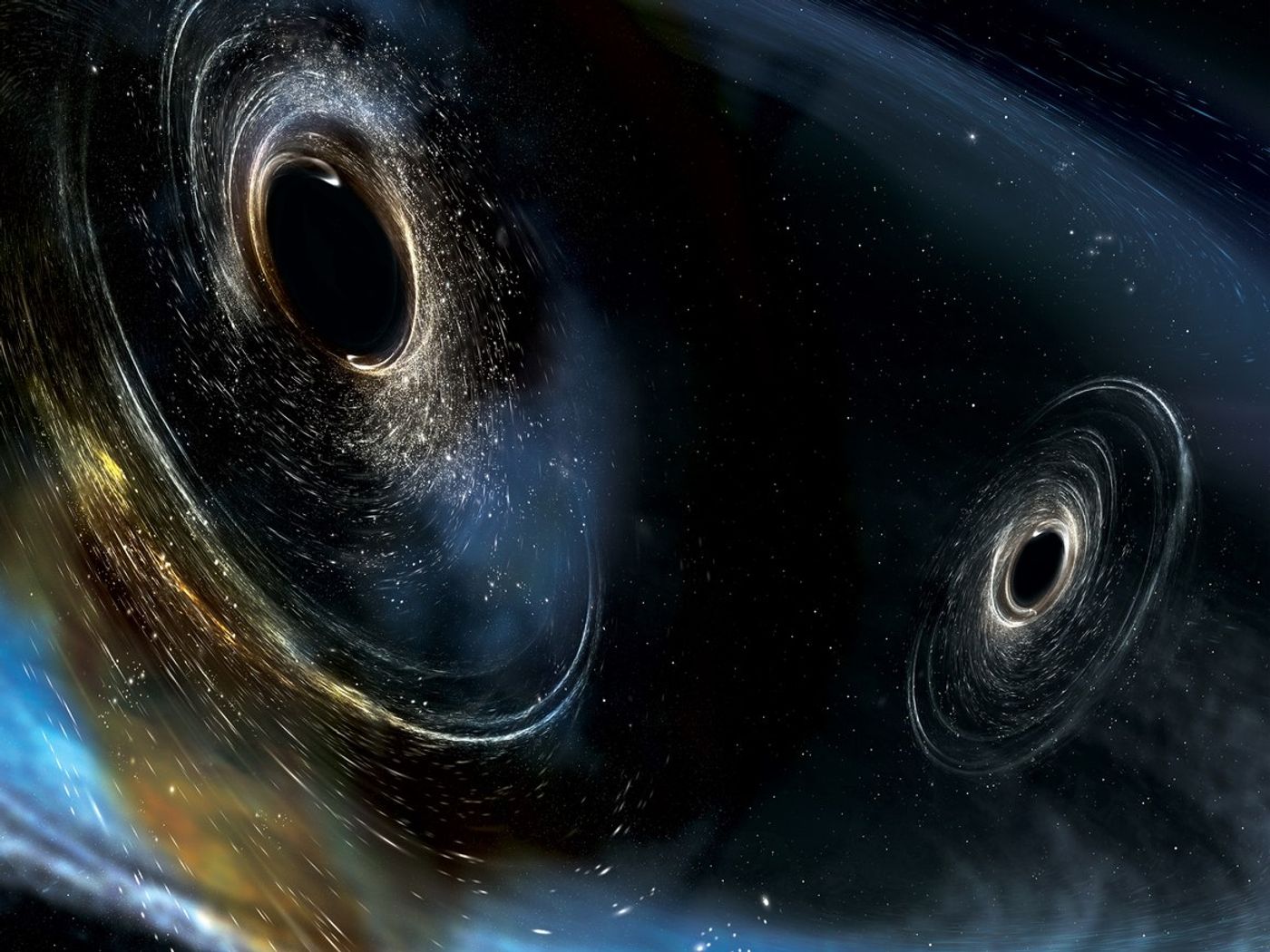LIGO Detects Gravity Waves for a Third Time
In 2016, gravitational waves were all the rage in the astrophysical community; perhaps 2017 is going to shed more light on them.
LIGO first announced the detection of gravitational waves in February of last year, however they were actually observed far earlier in September of 2015, despite the fact that an official announcement was never released because we didn’t really know what we were looking at.
Then it happened again, in June. The second time, things seemed a little more sound. It was repetitive evidence that these things could actually exist, and it started to make sense of Einstein’s theory of general relativity.
Image Credit: IGO/Caltech/MIT/Sonoma State
But now, LIGO is announcing that gravitational waves have indeed been detected for a third time in January of this year, confirming that Einstein’s theory of general relativity is most likely true and that when massive spatial bodies collide with one another, it can be so powerful that it bends and warps the space around it.
“This looks more like general relativity really is the correct theory,” physicist Rob Owen of Oberlin College explains. “This measurement is killing off more of these alternative theories.”
Related: What are gravitational waves, and why are they important?
The third discovery of gravitational waves comes by way of the merging of two individual black holes; one of which had a size of 30 solar masses, and the other with a size of 20 solar masses. The two black holes continued to drift into one another before combining into one.
The merger created a surge of gravitational waves throughout space, and this can be observed. The signal has been traveling towards us for 3 billion years, which means the merger took place a very long time ago and the signal is just now reaching us.
More importantly, researchers say the two black holes that bumped into one another were facing completely different planes, so their alignment wasn't quite identical, which means they were unlikely to have formed out of some sort of binary system, but rather found each other by just floating through the vast vacuum of space.
Related: Gravitational waves and black holes may help reveal dark matter
So far, every gravitational wave signal detected thus far has been observed from the collision of black holes, so it seems to be the norm for this kind of activity. Nevertheless, we don’t seem to find them that often, and that’s something researchers want to change by upgrading our detection equipment and building more observatories that can look for these waves from all directions that the planet faces.
There are certainly many more gravitational waves just waiting to be spotted, and it should be interesting to see what kinds of doors this type of research will open up to our understanding of physics, astrophysics, and the universe as a whole.
Source: Wired









